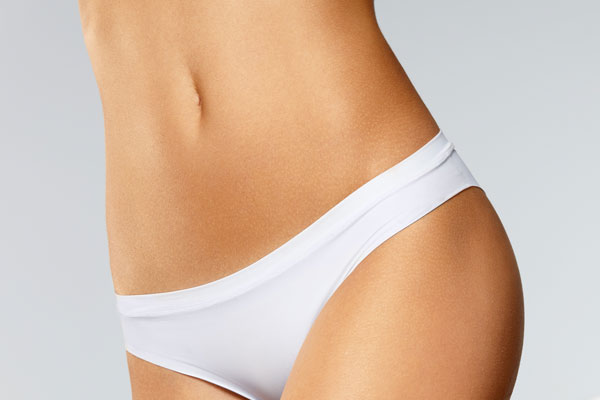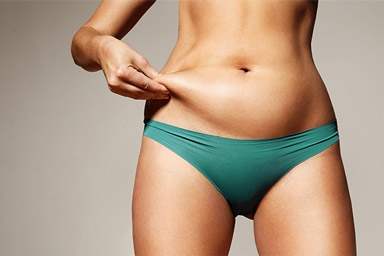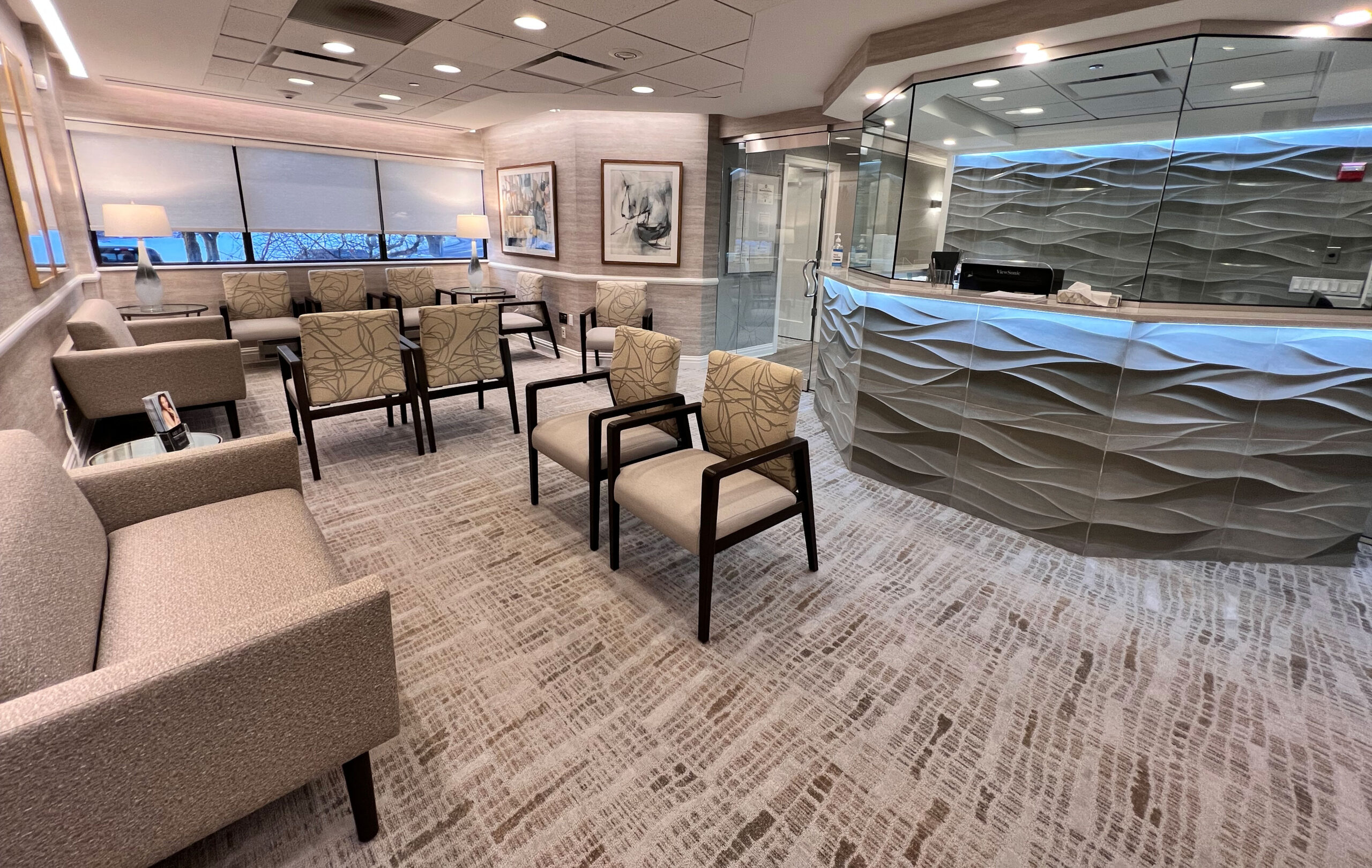Post Operative Care: Breast Reduction
AFTER SURGERY
POSITION: During the first week, attempt to sleep on your back instead of on your side. Two pillows to elevate and support both your head and your back will help to keep the swelling down. (It is more important for you to sleep than rigidly adhere to this suggestion)
DRESSINGS: At the time of surgery, gauze dressings and a surgical bra will be applied around the chest. These will be removed 1-2 days after surgery and will be replaced with clean dressings, which will remain in place until your drains are removed 4-5 days after surgery. At that time, you will again be placed in a surgical bra, which you should wear day and night for 2-3 weeks after surgery. (You may of course, remove it for laundering.)
DRAINS: One Drain will probably be placed in each breast at the time of surgery, and it will be brought out through the end of the incision under the arm. These drains evacuate the fluid that accumulates after surgery and able you to heal faster. When the drain is first put in place, the bulb at the end of each tube will be compressed to create gentle suction. As the fluid collects in the bulb, the bulb will slowly expand.
DRAIN CARE: Secure the bulb of the drain to your dressings with a safety pin. Twice a day or whenever the bulb is half full, you should empty the bulb by opening the plug at the top and pouring out the contents. Do not attempt to remove the bulb from the tubing. Squeeze the bulb to recompress it, and put the plug back into the hole at the top in order to maintain the vacuum. If the bulb fills rapidly after emptying it, or you need to empty it more than three times a day please call us at (201) 261-7550. Dr. Zubowski or a nurse will remove the drains 4-5 days after surgery, when the fluid begins to turn a clear straw color and/or the amount of drainage has diminished. For a video demonstration on how to care for your drains, click here.
SUTURES: The sutures are typically dissolvable and do not require removal. Surgical tapes (Steri-Strips) will be covering the incision after surgery.
EXPOSURE TO SUNLIGHT: Scars take at least one year to fade completely. During this time, you must protect them from the sun. Even through a bathing suit, a good deal of sunlight can reach the skin and can cause damage. Wear sunscreen with the skin-protection factor (SPF) of at least 15 at all times when in the sunshine. Be extremely careful if areas of your breast skin have reduced sensitivity.
SHOWERING AND BATHING: Once you are home from the hospital, you may shower or bathe. Showering or bathing with the drains in place is not harmful. Do not soak the drain sites under water.
LONGER TERM
ACTIVITY/SPORTS: We want you to avoid straining or any aerobic activity for at least 3 weeks after surgery. This is to avoid bleeding, bruising, and swelling. Do not resume strenuous exercise for 3 to 4 weeks. Dr. Zubowski will give you clearance to increase your activities according to the progress of your recovery.
DRIVING: You may resume driving when you feel you are able, but wait at least 2 days after surgery. Keep in mind that you must have full use of your reflexes. If pain will inhibit them, then don’t drive!
SEXUAL ACTIVITY: you may enjoy sexual activity as your body allows with the following restriction: please reread Activity/Sports above and apply the same concept to sex.
SUN EXPOSURE: If fresh scars are exposed to the sun, they will tend to become darker and take longer to fade. Sunscreen can help. Take extra care and precautions if the area operated on is slightly numb – you might not feel a “sunburn” developing!
WORK: Follow whatever plan you and Dr. Zubowski have agreed upon.
AS YOU HEAL
HEALING OF SENSORY NERVES: Tingling, burning, or shooting pains, which will disappear with time and should not alarm you, indicate regeneration of the sensory nerves. If these sensations cause pain, repeated, local self-massaging helps.
ASYMMETRY: The two breasts commonly heal quite differently. One breast may swell more, feel more uncomfortable, or have a different initial shape. After complete healing, they will look remarkably similar and natural. You must have patience, but if this causes concern, ask questions of Dr. Zubowski or the nursing staff.
ACTIVITIES: Any type of strenuous activity can induce swelling and bleeding, especially during the first 10-14 days after surgery. Therefore, limit your exercise to walking during the first 3 weeks. In general, guide your activities by your discomfort – that is, if an activity hurts, do not do it. If your job keeps you rather sedentary, you may feel well enough to return to work in 5-7 days. You will tire easily and you may want to limit your hours on your first few days back. If the swelling or discomfort increases, you have probably done too much too soon. One month after surgery, you may start easing yourself into your usual exercise routine. Do not push yourself too quickly.







